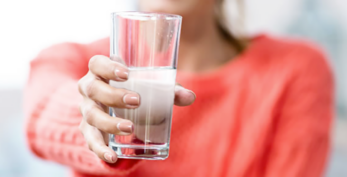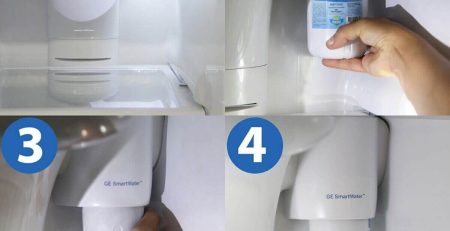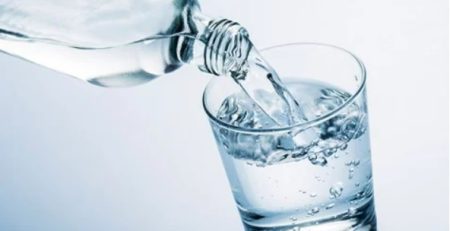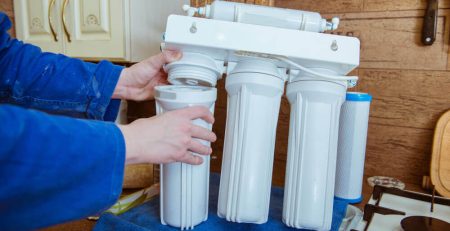The Dangers of Chlorine in Water Consumption
After all, is chlorine dangerous to health or is it an essential chemical element for water treatment? Incredibly, both statements are correct. We explain:
Water treatment systems have several stages. The disinfection part is responsible for ensuring that the water is free of microorganisms that are normally found in the catchment basins. It is precisely at that moment that chlorine becomes essential. Chlorination is the oldest and most widely used method due to its availability, low cost and effectiveness.
But after all, Why Is Chlorine So Effective?
Chlorine is an element that has high reactivity, in addition to being a strong oxidizer. This is the reason why it reacts with numerous organic and inorganic substances present in the water, eliminating microorganisms that cause diseases such as typhoid and cholera, for example. However, for this to happen it is necessary that the dosage of chlorine is compatible with the amount of impurities that the water carries.
What Is the Ideal Dosage of Chlorine?
The problem is that even within the same catchment basin it is possible to find water with different levels of contamination. In order to prevent contaminated liquids from reaching the taps, companies responsible for water treatment sometimes end up using more chlorine than necessary.
However, this strategy can result in problems such as unpleasant taste and odor, in addition to the possibility of the formation of toxic by-products that compromise the safety of water consumption. And the problem is even greater when the homes are close to the treatment plant, since the chemical element does not dilute enough during the journey through the pipeline.
Chlorine Health Hazards
We cannot say that the risks of chlorine to human health are new. During the first world war, carried out between the years of 1914 and 1918, the element was used with weapon in the battlefield. During a combat in Belgium, German soldiers were cornered by the French army, when a German plane dumped the chemical in the form of gas into the enemy’s trench. The result? Much of the French present at the site died of suffocation.
In other words, for more than a century it has been known that chlorine can have devastating effects on human beings, being responsible for drying and irritating the airways, forcing pulmonary edema that can lead to death by suffocation.
As we mentioned earlier, the consumption of chlorine is seen by the World Health Organization as important in the treatment of water, provided that it is in volumes considered safe. When these volumes are exceeded, the risk of intoxication with the product is multiplied several times.
The contact of the skin with chlorine has the power to accelerate the drying process of the skin tissues, leaving it more wrinkled and aged, in addition to arousing more itches and irritation in the region. The same occurs with hair, which suffers similar consequences.
Chlorine and Hot Water: A Dangerous Mixture
The biggest concern with the use of chlorine in the water that comes out of our taps is related to hot water, especially those of electric showers. Chlorine, in contact with hot water, is transformed into steam and is absorbed more quickly by the body through the skin and nostrils, which can lead to the development of clinical conditions much more serious than if they were ingested through the mouth.
It is exactly to avoid this type of problem that the use of specific filters for showers is considered by many to be the smartest way to reduce the volume of chlorine in the water that comes into contact with your skin.
Risks Related to Excess Chlorine
The intake of chlorine diluted in water, whether consumed at normal or hot temperature, can increase the risk of several health problems in the medium and long term. Just to illustrate, we cite the main consequences of the excessive consumption of this chemical compound:
• Increased adhesion of LDL cholesterol to the artery wall – resulting in increased risk of cardiovascular disease;
• High risk of developing cancers in the kidney, bladder and other urinary tract;
• Higher risk of developing bronchitis and asthma – caused by excessive inhalation of chlorine vapor in baths and hot waters;
• Skin irritations and drop in hair and nail quality;
• Severe respiratory irritation;
• Development of eczema, a skin disease characterized by itching, dryness and elevated skin temperature;
• Risk of developing problems in the production of thyroid hormones;
• Burns in the mouth, throat, esophagus and stomach, if the volume of ingested hot water with chlorine is high;
• Greater feeling of nausea and indigestion.
WHO Recognizes Dangers of Chlorine?
The World Health Organization (WHO) recognizes that excess chlorine in the human body can cause complications such as metabolic acidosis, severe headache, mental confusion and hyperventilation. Exactly for this reason, they determine a safe and recommended volume of daily chlorine intake by different individuals – men, women and children – avoiding these unwanted complications. But how can we control this volume if we don’t know exactly how much chlorine is coming out of the taps of our houses along with the water?
Use of POU Water Filters
The bad news is that if we consume water straight from the tap, the way it reaches our homes, it is impossible to determine whether the amount of chlorine we are consuming is within acceptable limits. The good news is that there is a practical and simple way to ensure that the chemical element is completely eliminated before it is available for consumption: the use of water filters, especially those that have a Carbon Block filter element.
Water filters are used to make the liquid that arrives at your home healthier and will be used in the various household activities in your routine. Not only is it responsible for removing residues that may remain in the water that comes through your tap, the filters also considerably reduce the volume of chlorine that would be ingested.
It is not enough to choose any filter to be free of chlorine! Models installed at the water inlet of the house, known as point of entry filters (or simply POE) do not have the capacity to remove chlorine from your water. Therefore, when making the purchase of your purifier, make sure that it is of the Point of Use type (also known as POU) and that it has activated carbon (or Carbon Block) in its composition.
What is Carbon Block
Activated charcoal of vegetable origin originates from the combustion of coconut shells, and is a very porous material, supplied in small granules. Carbon Block is produced by compacting activated carbon into a block format. And it is precisely this characteristic that makes it a powerful ally when it comes to removing impurities from water, as it allows for greater uniformity than the filter elements that use granulated activated carbon. This uniformity is due to the wall formed in the compaction that prevents water from creating vicious paths between the granules, and also retains particles of various impurities that can be harmful to health, in addition to helping to reduce free chlorine.
Filter For fridge is specialized in this type of filter element. Its products are manufactured with high quality activated carbon, and have as a great differential a raw material of high activation, with greater adsorption capacity. With an activation at least 30% greater than the conventional products found on the market, which results in greater efficiency in dechlorination and a longer service life of the filter element.
Access the Filter For fridge website and choose the filter that best fits the needs of your home or work.








